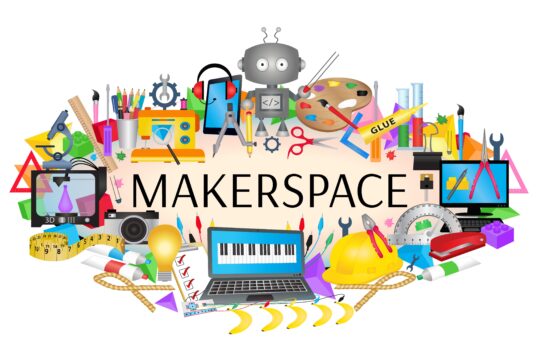During a typical teacher lecture, you can never guarantee that your students are engaged in what they are learning. Oftentimes teachers find that their students are actually doodling instead of paying attention. To keep students engaged, many teachers opt to have their students take notes the conventional way, but as you know, that can be incredibly boring. In 2006, a designer and illustrator named Mike Rhode came up with an idea to take doodling to another level. He found that creating more memorable notes was an active form of listening and learning, because individuals have to use their cognitive skills along with their sketches to identify main ideas. These doodle notes later became known as sketchnoting.
What is Sketchnoting?
You’re probably wondering what exactly is sketchnoting? According to The Sketchnote Handbook: the illustrated guide to visual notetaking by Mike Rohde, “Sketchnotes are rich visual notes created from a mix of handwriting, drawings, hand-drawn typography, shapes, and visual elements like arrows, boxes, and lines.” Essentially, your mind and body work together to recall more of what you hear and draw, and sketchnotes are the visual maps that are built from the thoughts and ideas that your mind collects.
The great thing about sketchnotes is that it doesn’t require your students to be master artists. However, what it does require is for students to be able to visually synthesize and summarize information using shapes and text. You can think of it as a form of creative expression.
Benefits of Visual Notetaking in the Classroom
Rohde found sketchnoting beneficial for several reasons. First, he found that it helped him concentrate on what he was listening to. Second, he discovered his notes were visually appealing. Third, he found that his notes stayed in his memory much longer. In sketchnoting, students are using their prior knowledge to create images and illustrations that help them connect to the new information that they are learning. Students’ verbal and visual processing work together to help them better understand and remember what they’re learning.
Importance of Visual Learning
Research has long shown that visual aids enhance the learning process and are a great motivational tool to enhance students’ attention. They have also been shown to help us better retrieve and remember information. Words can be difficult for our brains to retain, whereas visuals help us make sense of what we are learning and are easily remembered.
Tips on How to Incorporate Sketchnoting in the Classroom
Sketchnoting may sound incredible to your chronic doodlers, but for the students who don’t like to doodle or draw, they may feel reluctant to try it. Here are a few tips on how to incorporate sketchnoting into your classroom.
Start Slow
To transition students into this new teaching strategy, you must first get comfortable with it yourself. Take some time honing your sketching skills before you introduce it to your students. Once you feel comfortable, then introduce the strategy to students slowly. Give them some time to familiarize themselves with the concept and practice getting comfortable with it before you ask them to take sketch notes every day. Have students practice during videos or mini-lessons where notetaking can be useful.
Make it Fun
If students are reluctant to give sketchnoting a try, remind them that it’s supposed to be a fun way to remember what they are learning. Invite the art teacher into the classroom to give students a few tips or show them a few sketchnotes online so they can get excited about this new strategy. Sketchnoting is a creative expression, and with some time, students will learn have to fun with it.
Model How to Take Visual Notes
It’s important to model for students how to take visual notes. Show them to listen for connections and key details and to sketch elements such as bullets, connectors, shapes, and visual vocabulary. Occasionally pause during a lesson to point out something that you thought was interesting so students can sketch it. You can also ask student volunteers to come up and practice sketchnoting in front of the class to show students how everyone’s sketches will be unique to them.
Sketchnoting isn’t for everyone. However, it’s essential that students at least give it a try because we are just hitting the tip of the iceberg when it comes to the benefits of visual learning and notetaking. The primary focus of this strategy is for students to reinforce key concepts and retain information. When students create sketchnotes, we are equipping them with the tools that will help them be more successful learners.




